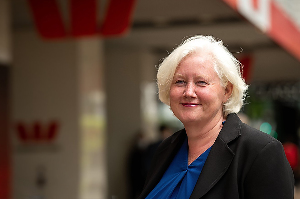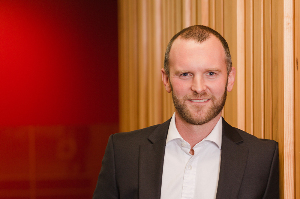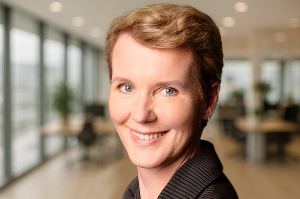
Los Angeles based-investment firm Capital Group surveyed 3000 financial advisers to uncover the habits of those who experienced high growth in the past year.
Capital Group practice management consultant Wassan Kasey shared the findings with advisors through funds promoter Heathcote Investment Partners via webinar.
In summary, the results revealed three pathways to growth – client acquisition, relationship alpha and strategic scale or being adequately able to support relationships.
The highest growth advisers spent 25% of their time on investment management, down from 30% the year before, said Kasey. They tended to use models and outsource investment selection and instead spent more time with clients planning for legacy issues, tax issues, estate planning, and even helping children prepare for college.
“What advisers were saying was that investment selection has largely been commoditised,” she said. “Client management was a high growth activity and practice management yielded more than 2.8% growth.”
High growth advisers were more deliberate about how they used their time. There wasn’t a ceiling on this, the more time they took, the more they grew, she said.
“Thirty minutes doing high quality activities a week resulted in 3% revenue growth in a year. That’s six minutes a day. Just use that time for a bit more meaningful activities.”
New clients
HIgh growth advisers reported 63% of assets under management coming from new clients compared to 44% for average.
Marketing spend was generally a percentage of the revenue.
“If it was a one million dollar producing office they tended to carve out a $30,000 – $50,000 for marketing including hosting events for clients.”
High growth firms did more direct marketing, had a better social media presence and did more prospecting including getting current client recommendations and referrals from other professional services.
“They had better brand resonance, and could talk about their brand and what they stood for and they set prospecting goals for the year. On average they spent more time asking current clients to bring in new assets.”
She says advisers should ask themselves what makes them approachable and whether their marketing is easy to understand and read? She recommends running marketing material through the online Flesch-Kinkaid readability calculator.
“Just copy and paste it in and it will tell you how complicated it is to read and understand. If it’s too complicated, rewrite it. Use human language and infuse it into how you talk about your practice. All communications have to be simple.”
Other tips were to embed a Google map into website contact details to attract search engines and ask partners to be a featured partner on their website and vice versa.
Culture fit
Successful advisers tended to work with a wider range of clients and across generations and communities, often uniquely positioned but open to working with a broader swathe of the community population.
They also made more effort to really understand the cultural imprint of money and what it means to people and their families in different cultures.
Wassan said she lives in an Asian American population for whom privacy is very important. “If an adviser doesn’t understand how important that is, they won’t market it,” she says.
The survey showed high growth financial advisers tended to provide a broader range of new services. While 96% offered retirement planning, financial planning and investment management, those with the highest growth offered different services. In the
US they were aligned with the estate of the client - inheritance planning and legacy issues, while another service was tax consequences.
Go slow to go fast
Kasey said top advisers had standard operating procedures including the number of accounts they wanted, and the revenue they wanted to grow by.
That meant a clear cut process for onboarding and a sheet that tells prospects everything they needed before the first meeting.
Around 20% were more likely to have standard operating procedures for fiduciary care and 45% were more likely to have a standard operating procedure for leadership in case the leader is absent.
“The highest growth practices took the time and implemented standard operating procedures to make the service model more efficient.
“They had to slow down and get everything down in terms of processes before they could go fast. It is one of the most painstaking things in every adviser's career. It takes time and patience and focus but it’s really important.”
On average they supported 80 to 120 relationships per staff member.
“A lot hire someone more junior to start servicing accounts that require time but aren’t high revenue generating, not connected to other top clients (family, colleague or friend) and not a good source of referrals.
“You have to truncate the types of services you provide for clients when you have capacity issues. If they are big clients maybe you meet at least twice a year and give them 12 phone calls. But if not, streamline that. Think about how you will service relationships, otherwise you will burn out.”




